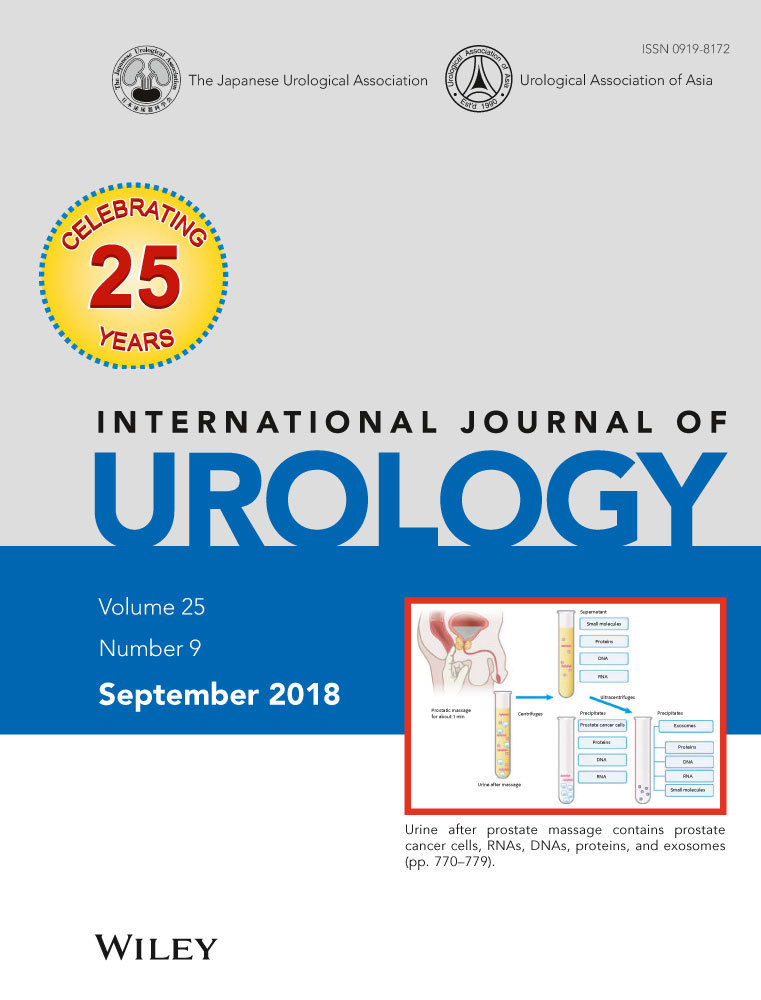Editorial Comment to Renal tumors in end-stage renal disease: A comprehensive review
According to the 2016 World Health Organization Classification of Tumors of the Urinary System and Male Genital Organs, succinate dehydrogenase-deficient renal cell carcinoma (RCC), hereditary leiomyomatosis and RCC syndrome-associated RCC, tubulocystic RCC, acquired cystic disease (ACD)-associated RCC and clear cell papillary RCC (CCPRCC) were newly added to the classification. Furthermore, multilocular cystic RCC and translocation RCC associated with Xp11.2 or 6p21 were reclassified as multilocular cystic neoplasm of low malignant potential and Mit family translocation RCC, respectively. Foshat et al. reviewed the pathogenesis, morphology and clinical characteristics of ACD-associated RCC, and describe dissimilar clinical and pathological features compared with clear cell RCC and papillary RCC.1 Tsuzuki et al. also report features of ACD-associated RCC, CCPRCC and miscellaneous renal tumors in patients with end-stage renal disease, focusing on characteristics for histological diagnosis.2 There is little information on diagnostic imaging, most likely because these reviewers expound the findings from the perspective of pathologists. The incidence of ACD increases in patients with long-term hemodialysis and the risk of developing tumor increases >100-fold in ACD.3 In some cases, the tumor has the potential for sarcomatoid changes during long-term hemodialysis. Although diagnostic imaging is necessary for early diagnosis of ACD-associated RCC, detection is difficult because of multiple renal cysts around the tumor, which shows slight enhancement by dynamic computed tomography. Heterogeneous hyperintensity of ACD-associated RCC by T2-weighted magnetic resonance imaging is helpful for distinction from a hemorrhagic cyst. The pathological findings show a cribriform or sieve-like architecture and deposition of calcium oxalate crystal. Tumor cells have eosinophilic cytoplasm and round-to-oval nuclei with prominent nucleoli. CCPRCC, which was proposed as a subtype of RCC in end-stage renal disease, also appears in healthy kidneys. CCPRCC has a low malignant potential and tumor-related death is rare. On computed tomography imaging, CCPRCC shows a heterogeneous enhancement pattern like clear cell RCC, and a smooth tumor surface similar to papillary RCC.4 Although CCPRCC is a good candidate for active surveillance, it seems to be difficult to diagnose without pathological findings. The tumor shows a papillary and/or tubulocystic pattern, and the tumor cells have clear cytoplasm and mild nuclear atypia. This review provides useful information for diagnosis and follow up after treatment for patients with a newly categorized tumor.
Conflict of interest
None declared.




